-
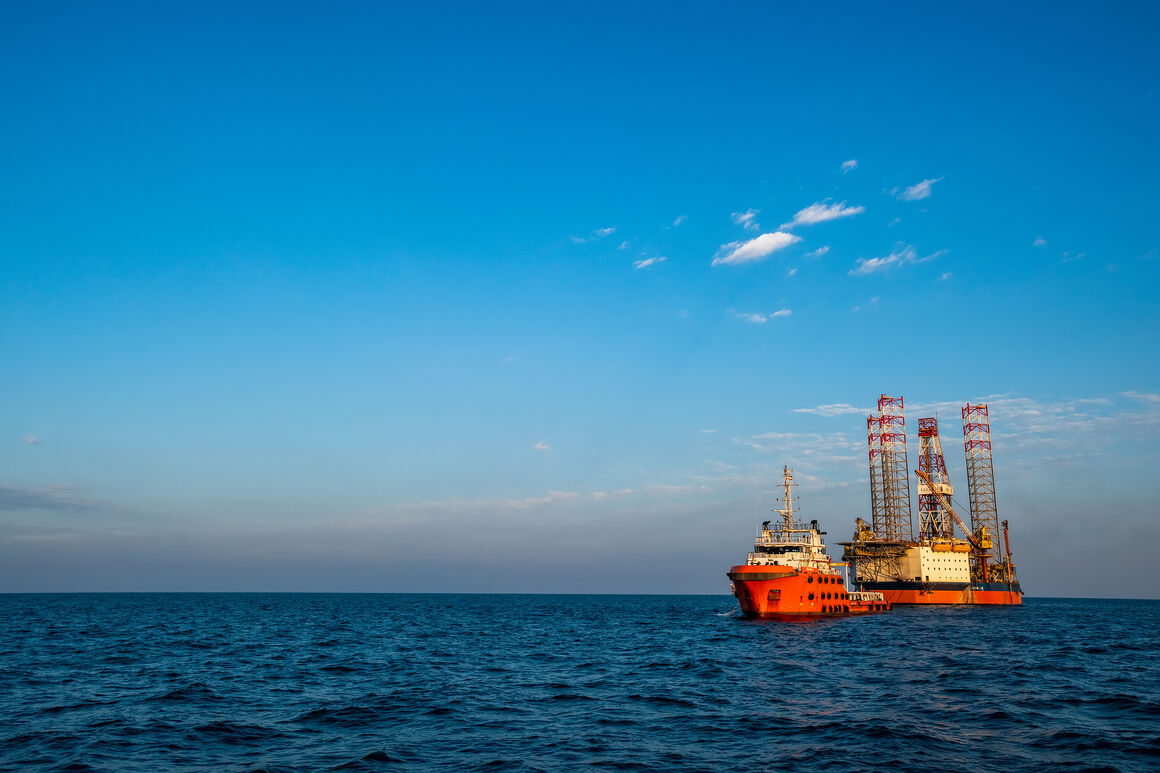
New contractual framework for low-yield wells
The average output of Iranian oil wells is 1.55 tb/d. Since the bulk of oil wells in Iran have already reached the second half of their lifecycle and would continue to see their production fall, the National Iranian Oil Company (NIOC) decided in 2021 to engage local technological companies to rehabilitate shut-in and low-yield wells. Amir Moqiseh, NIOC’s deputy director of investment and business, has said rehabilitation of each well would require $1 million, adding that a new model of contract, similar to the “Iran Petroleum Contract” (IPC), has been designed for low-yield and inactive wells.
-
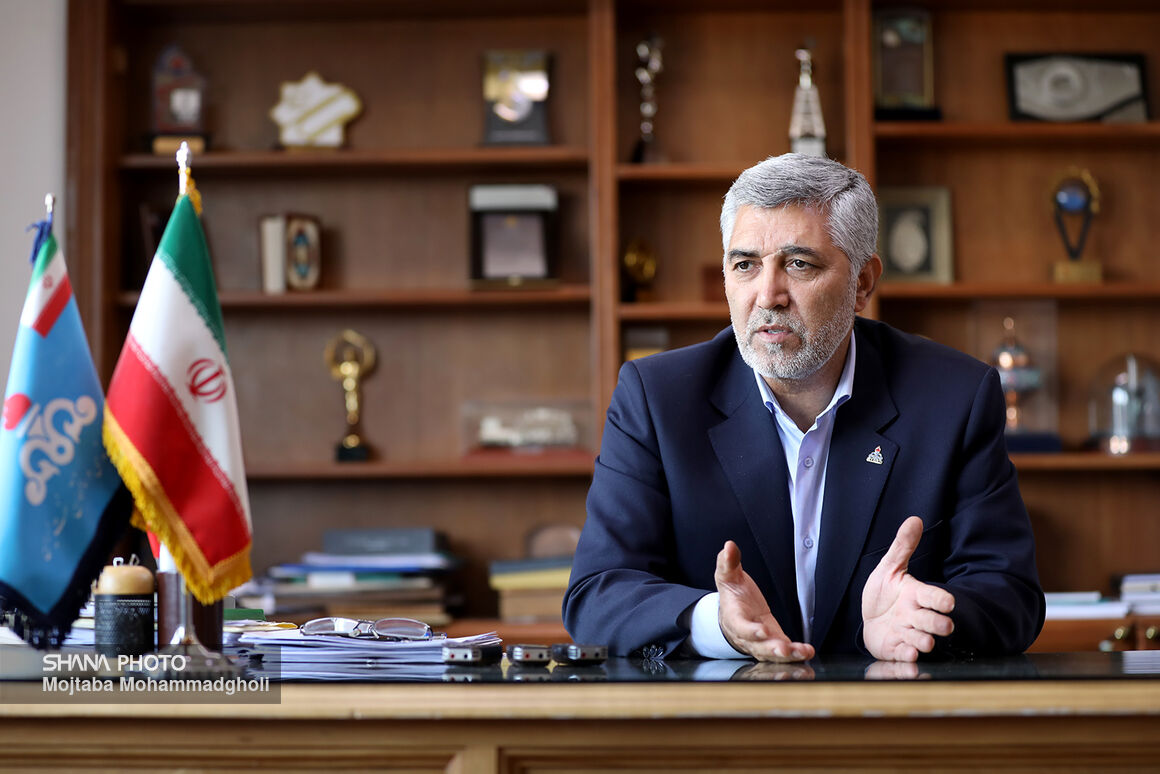
NIOEC rivaling foreigners in Venezuela refinery renovation
National Iranian Oil Engineering and Construction Company (NIOEC) is tasked with operating infrastructure projects in the downstream oil sector including refining, storage, transport, and distribution of crude oil and petroleum products in Iran. With more than seven decades of work in infrastructure refining, NIOEC has developed special potential in handling such projects, rendering Iran independent of foreign companies.
-
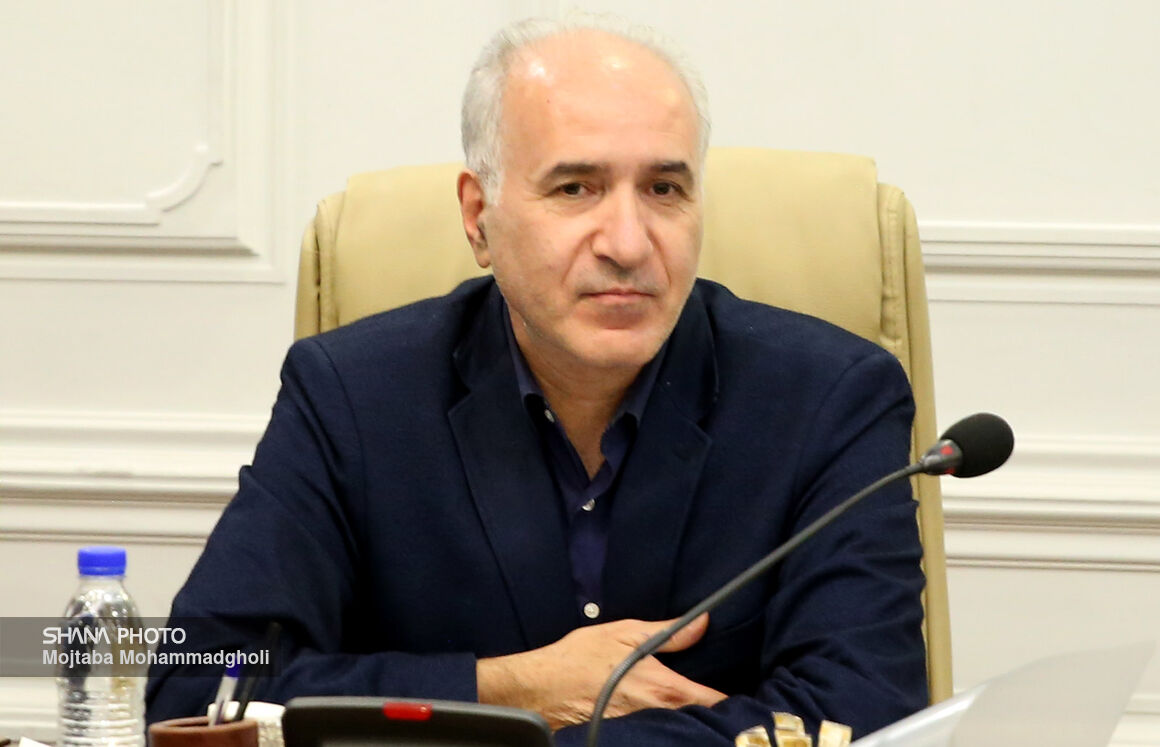
New products at Iran petchem mix
Iran has faced tough US sanctions since 2018 when the Trump administration scuppered the 2015 nuclear agreement signed between Iran and six world powers. However, official data show Iran’s petrochemical industry could not be sanctioned. Ever since the 13th administration took office two years ago, Iran has focused on expanding its ties with neighboring countries and has doubled its petrochemical exports. Hossein Ali-Morad, director of international affairs at National Petrochemical Company (NPC), tells “Iran Petroleum” that Iran’s petrochemical exports rose from 20 million tonnes in 2020 to 70 million tonnes in 2022. He said Iran had diversified its international mix of petrochemicals.
-
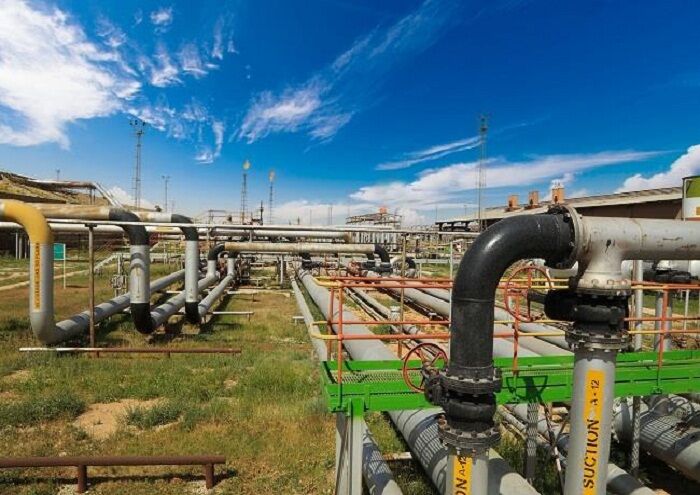
Profile: Maroun Oil and Gas Production Company (MOGPC)
Hydrocarbon reservoirs administered by Maroun Oil and Gas Production Company (MOGPC) include the Asmari and Bangestan reservoirs of Maroun, the Asmari and Bangestan reservoirs of Kupal, the Bangestan reservoir of Shadegan and a Khami reservoir shared by Maroun, Kupal, and Shadegan fields. So far, 528 wells have been drilled in the six reservoirs while according to a production plan, MOGPC is proceeding with output hike measures up to the end of the current calendar year by carrying out development and workover activities. In light of the annulment of the mandatory output decline, MOGPC would be delivering about 75% of its oil production to domestic refineries with the rest destined for export. However, the decline in production levels is not ruled out due to overhaul programs.
-
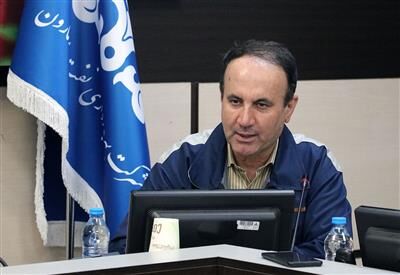
MOGPC owns sophisticated-cum-attractive oil reservoir
Maroun Oil and Gas Production Company (MOGPC) is among the leading Iranian companies with the capacity to produce more than 620 tb/d of oil. Qobad Nasseri, CEO of MOGPC, tells “Iran Petroleum” the company would add 30 kb/d to its output capacity by next March. He also said that the Maroun reservoir was one of the most sophisticated and attractive reservoirs in the world, requiring cutting-edge technology and investment. Nasseri said foreign companies would be welcome to cooperate in developing the Khami, Amsari, and Bangestan layers of the Maroun field, promising a good rate of return on investment. The following is the text of Iran Petroleum’s interview with Nasseri.
-
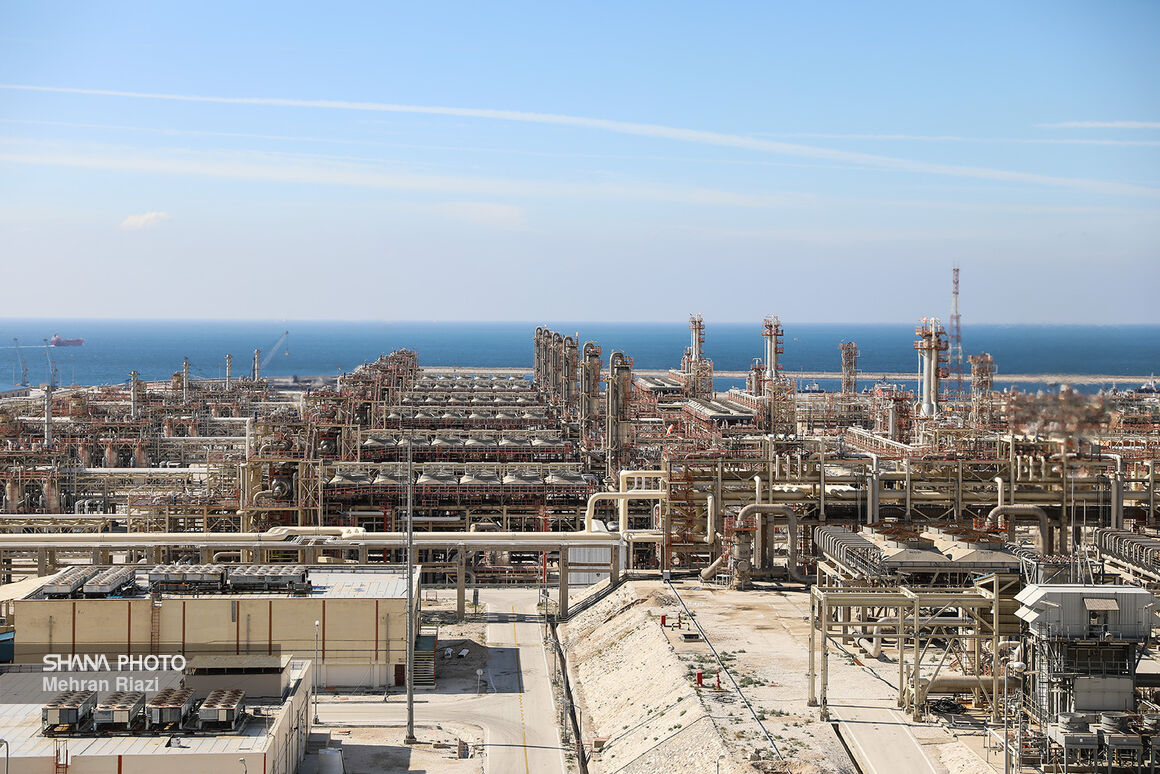
South Pars Gas Complex turns 25
SHANA (Tehran) – The South Pars Gas Complex (SPGC), an affiliate of the National Iranian Gas Company (NIGC), was established on October 20, 1998 to operate onshore facilities of phases of the South Pars gas field.
-
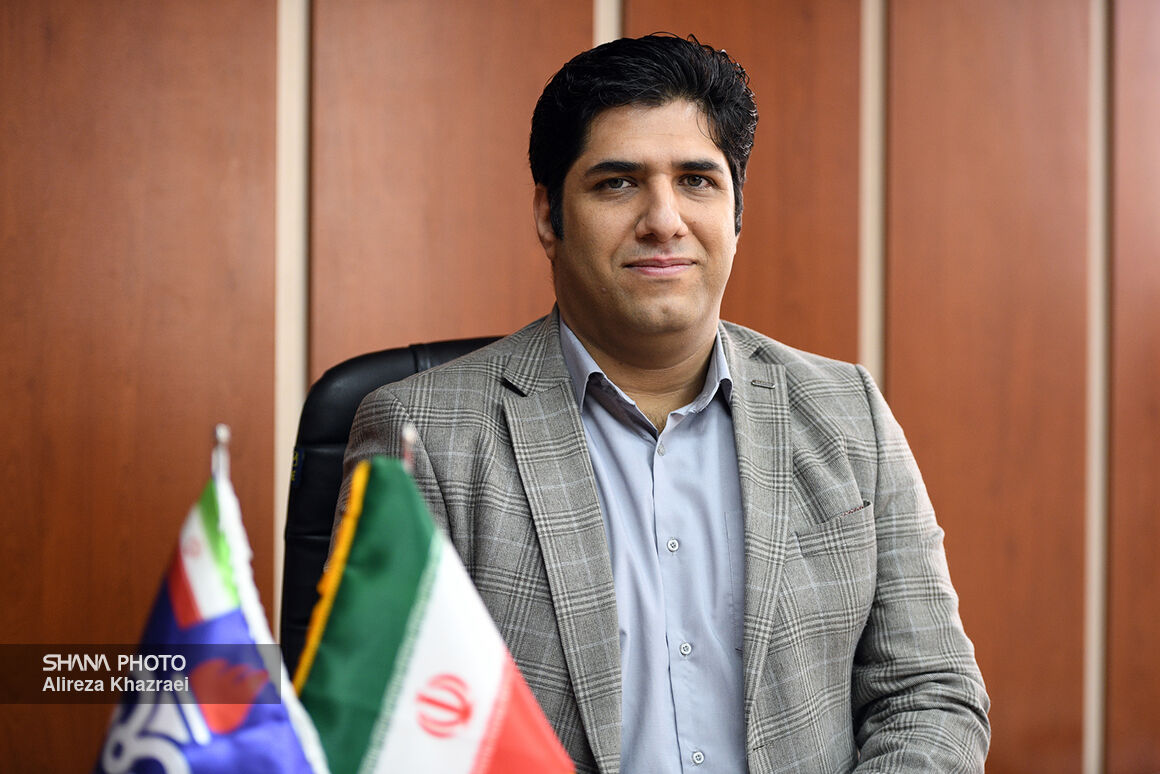
Resalat poised for 50% output hike
The Resalat oil field was damaged twice under Iraqi oil strikes during the 1980-1988 war. It is now set for two-phase development that would see its production increase from 5 tb/d to 38 tb/d. Pouya Ma’arefi, Resalat developer at Iranian Offshore Oil Company (IOOC), tells “Iran Petroleum” the oil field would see its output increase 50% by next March. Phase 1 is expected to treble the Resalat output while Phase 2 eyes a sevenfold increase in its output. Ma’arefi also said water injection and gas lift would help preserve Resalat’s output levels.
-
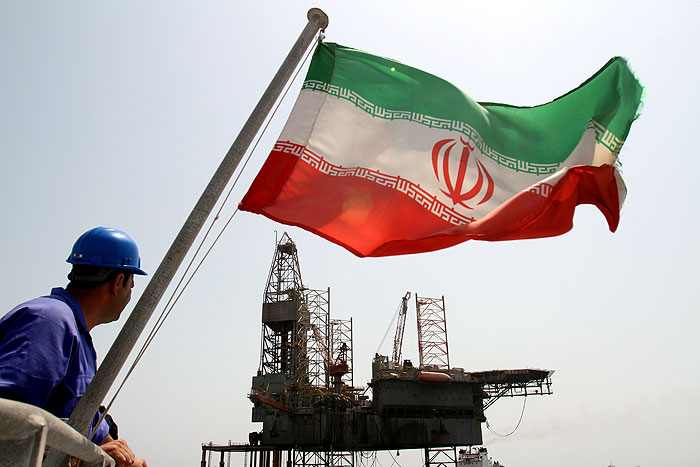
Sweetened oil contract terms for foreign investors
A committee assigned by Iran’s Ministry of Petroleum has developed a new generation of oil contracts intending to provide local and foreign investors in Iran’s petroleum industry with attractive terms and conditions. To that end, while upgrading the country’s standing within the Organization of the Petroleum Exporting Countries (OPEC) and global oil and gas markets in the long term, the Ministry of Petroleum is striving to prepare the ground for the development, exploration, and exploitation of oil and gas fields. Minister of Petroleum Javad Owji has said Iran would be open to any foreign investment in the petroleum industry.
-

All NISOC wells ready for production
Iran’s oil production level stood at roughly 2.2 mb/d in 2021, before the 13th administration took office. It recently rose to 3.1 mb/d. National Iranian South Oil Company (NISOC) is the main oil supplier in Iran, accounting for 75% of the country’s oil production. Alireza Daneshi, CEO of NISOC, puts the company’s oil production at 2.94 mb/d, which is planned to reach 2.97 mb/d by the end of the current calendar year in March 2024. Owing to measures taken over the past two years, NISOC is now able to bring its production to 2.8 mb/d in 45 days.
-
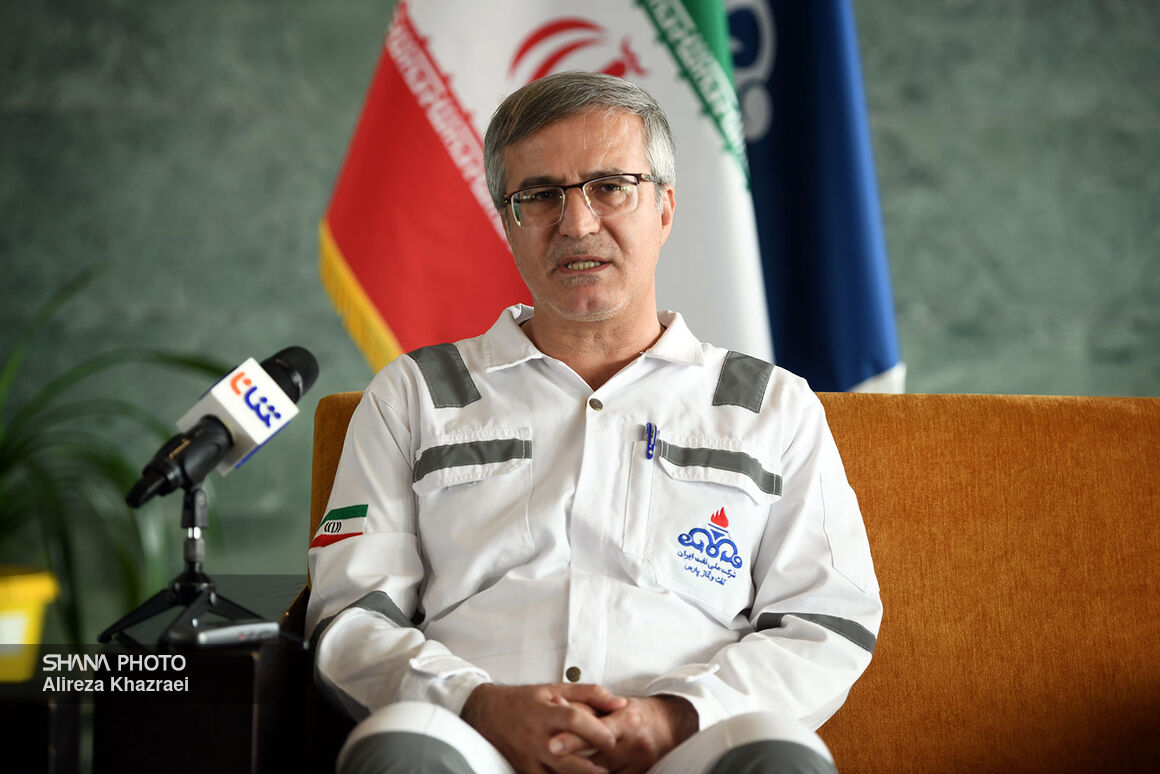
South Pars gas field production capacity to top 730 mcm/d next winter: POGC CEO
SHANA (Tehran) – The Pars Oil and Gas Company (POGC) managing director said Iran’s gas production capacity in the South Pars field will exceed 730 million cubic meters per day (mcm/d) next winter.
-
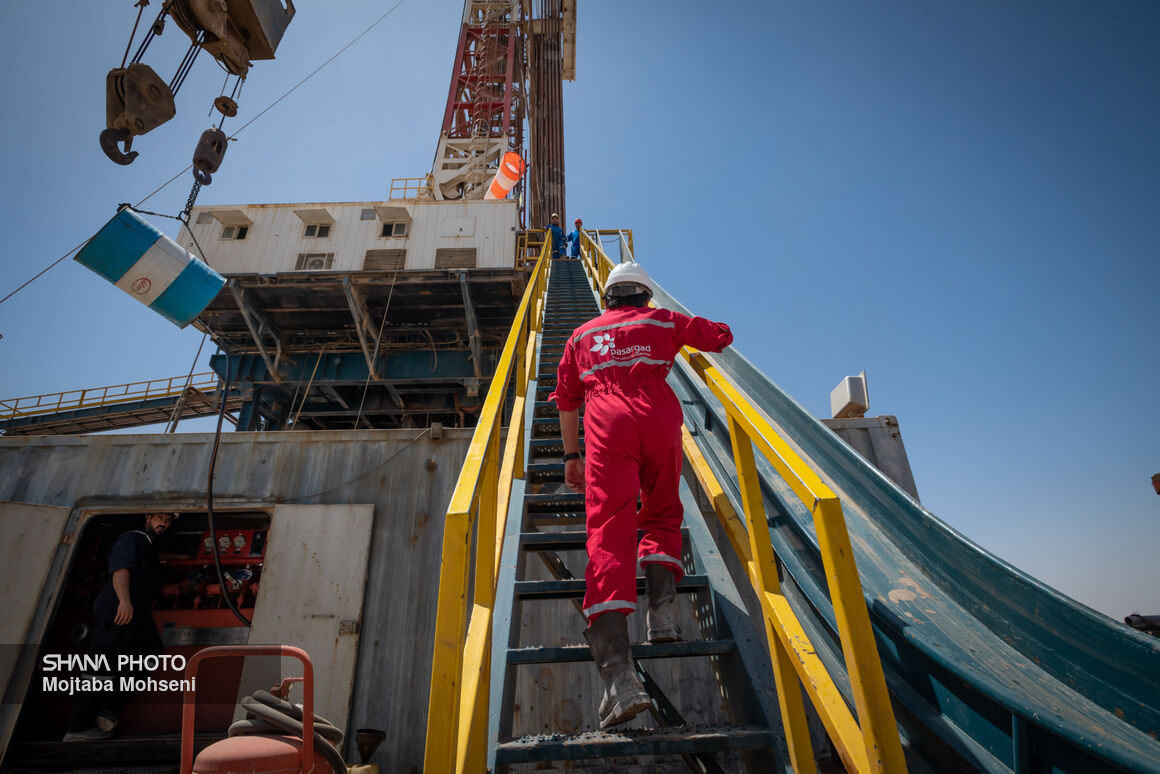
Iran MPs praise Oil Ministry for taking firm steps toward energy diplomacy promotion
SHANA (Tehran) – A number of Iranian lawmakers have hailed the Oil Ministry’s successful performance and its move toward reviving energy diplomacy.
-
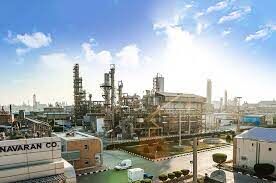
Petchem value chain completion easy task
Completing the value chain of the petrochemical industry is crucial for Iran. From the standpoint of value creation, it would be possible to enhance national revenue by supplying petrochemical products of high value-added. On the other hand, it would be possible to develop the petrochemical industry to end dependence on imports for supplying domestic needs, which would in turn reduce dependence on crude oil and natural gas sales. The petrochemical projects operated under the 13th administration are all aimed at value chain completion. Implementation of these projects would result in the supply of 21 products in line with the value chain completion. National Petrochemical Company (NPC) expects to accelerate implementation of these projects by engaging holdings and investors.
-
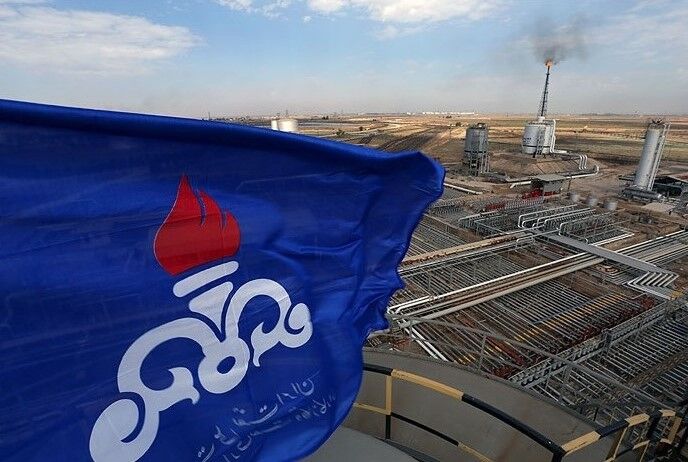
Iran, potential key player in oil market
Petroleum industry is a key sector in the Iranian economy. Iran has been trying its best to benefit from its giant hydrocarbon resources to realize its objectives set out in its development plans. Along with sustainable oil and gas production, Iran been instrumental in global energy supply. It may not be eliminated from global energy trading as it continues to play an effective role in this sector.
-
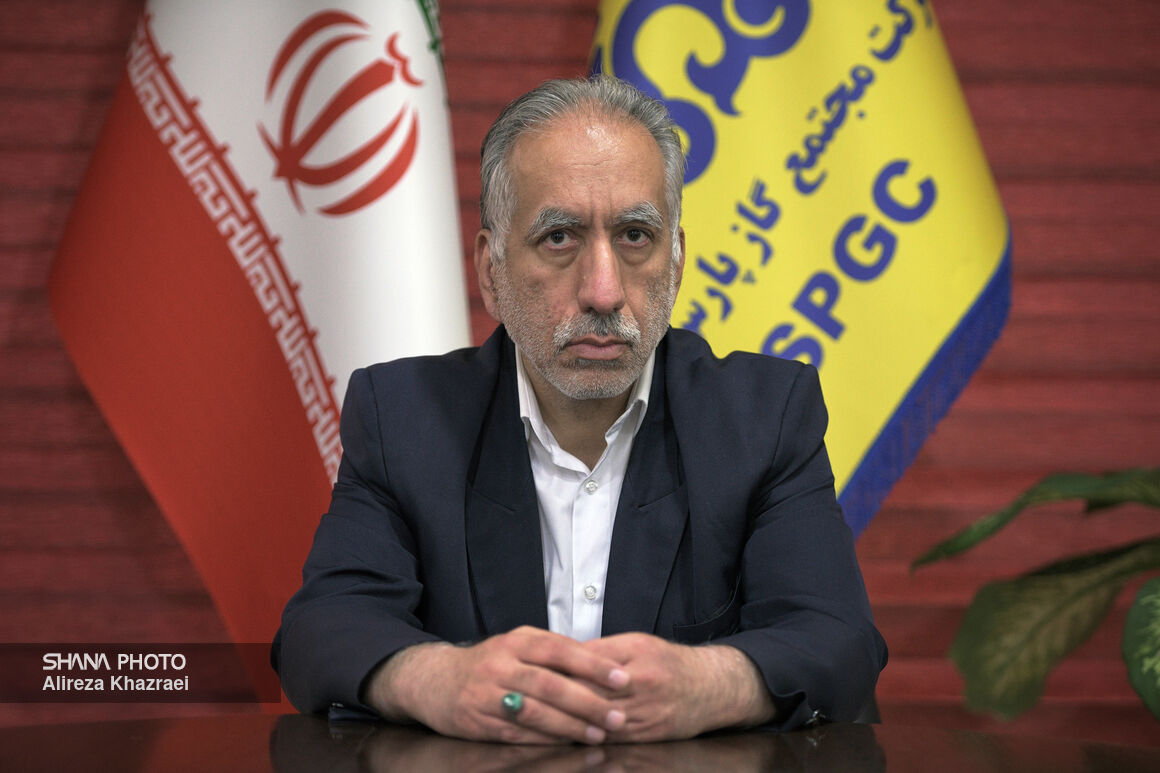
SPGC value chain completed
South Pars refineries have processed over 2,030 bcm of natural gas during the past 26 years. South Pars Gas Complex (SPGC) has been supplying more than 75% of Iran’s gas needs, thereby playing an instrumental role in national economy. Ahmad Bahoush, CEO of SPGC, tells “Iran Petroleum” the gas complex plans to sell flare gas.